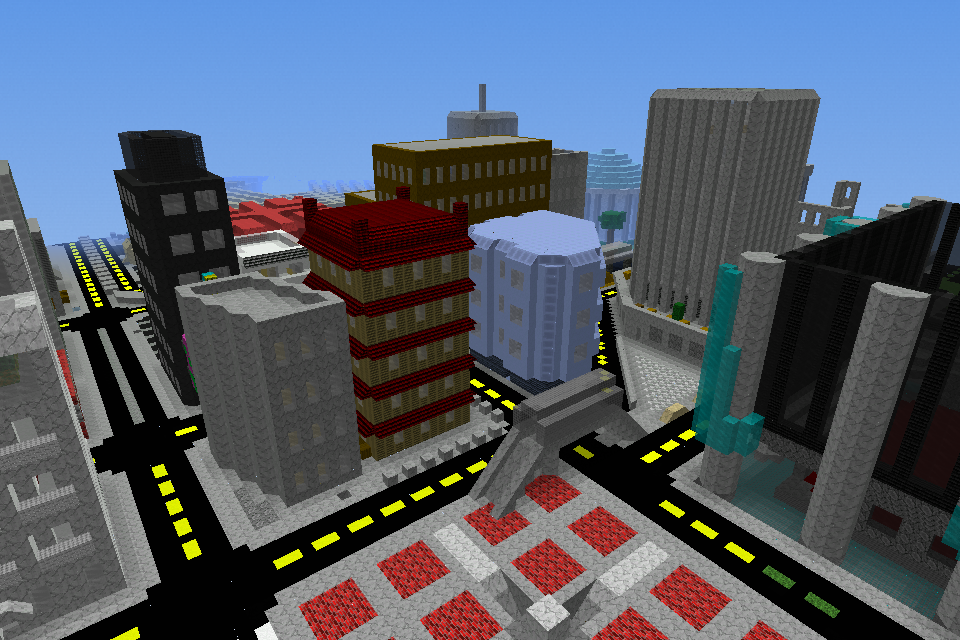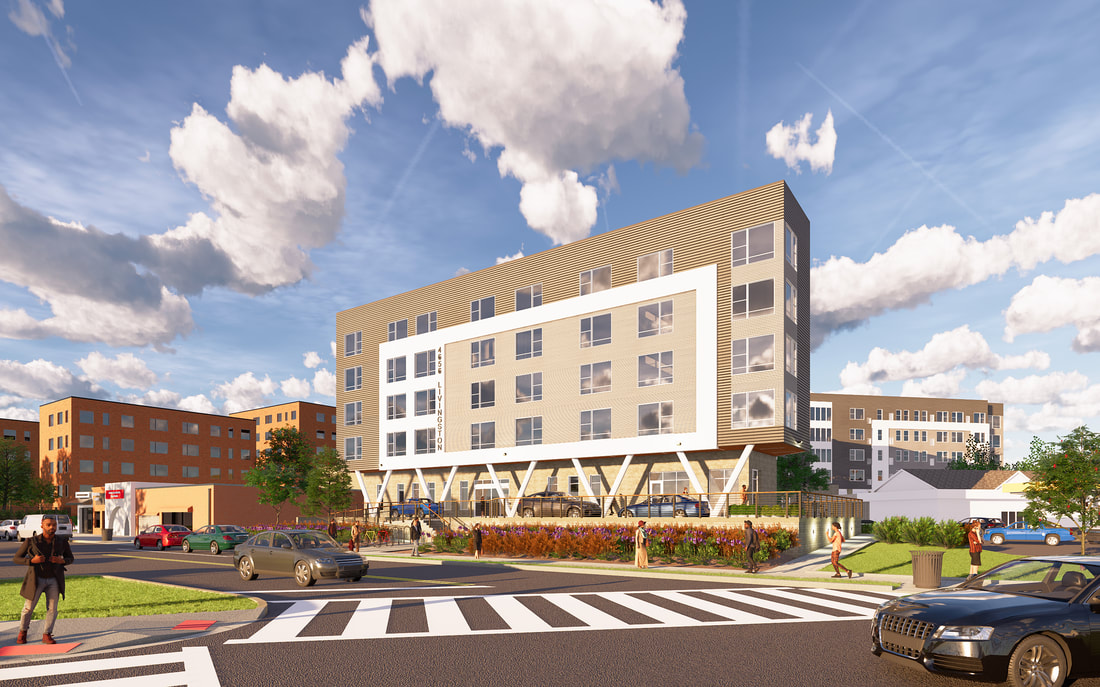

During the early 20th century, the U Street Corridor served as an important center for African American culture in DC. By contrast, areas west of the Park, including virtually the entire portion of the District between the Georgetown and Chevy Chase neighborhoods (the latter of which spills into neighboring Chevy Chase, Maryland), contain some of the nation's most affluent and notable neighborhoods.

Large sections of the central city remained blighted for decades. in Memphis, Tennessee on April 4, 1968, sparked major riots in chiefly African American neighborhoods east of Rock Creek Park. The assassination of Martin Luther King Jr. Following World War II, many middle-income whites moved out of the city's central and eastern sections to newer, affordable suburban housing, with commuting eased by highway construction. Neighborhoods on the eastern periphery of the central city and east of the Anacostia River tend to be disproportionately lower-income. This situation persisted for decades: the city was racially segregated in certain facilities until the 1950s. It was not until the administration of Woodrow Wilson, a Southern Democrat who had numerous Southerners in his cabinet, that federal offices and workplaces were segregated, starting in 1913. federal government, black and white school teachers were paid at an equal scale as workers for the federal government. Since the city government was run by the U.S. As a result, Washington became both a center of African American culture and a center of the Civil Rights Movement. Unique among cities with a high percentage of African Americans, Washington has had a significant black population since the city's creation. The McMillan Plan of 1901 helped restore and beautify the downtown core area, including establishing the National Mall, along with numerous monuments and museums.

Upon the government's return to the capital, it had to manage the reconstruction of numerous public buildings, including the White House and the United States Capitol.

The city came under attack during the War of 1812 in an episode known as the Burning of Washington. Originally inhabited by an Algonquian-speaking people known as the Nacotchtank, the site of the District of Columbia along the Potomac River was first selected by President George Washington. The history of Washington, D.C., is tied to its role as the capital of the United States.


 0 kommentar(er)
0 kommentar(er)
